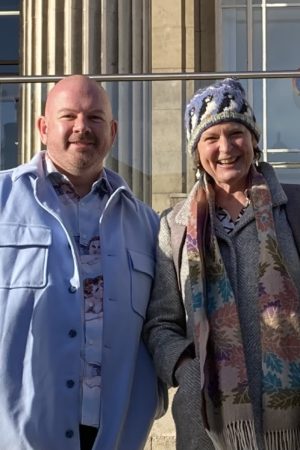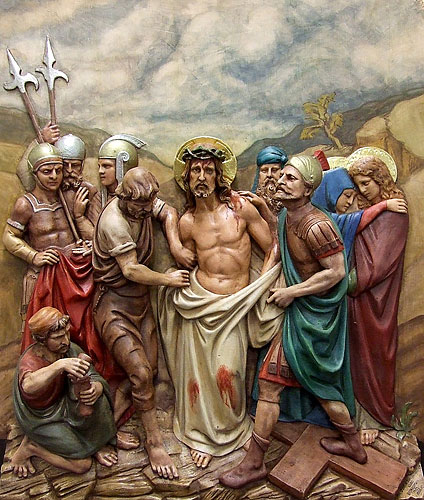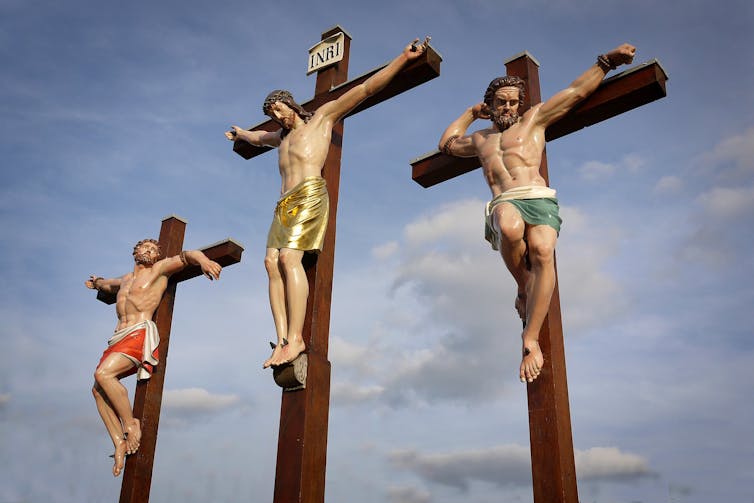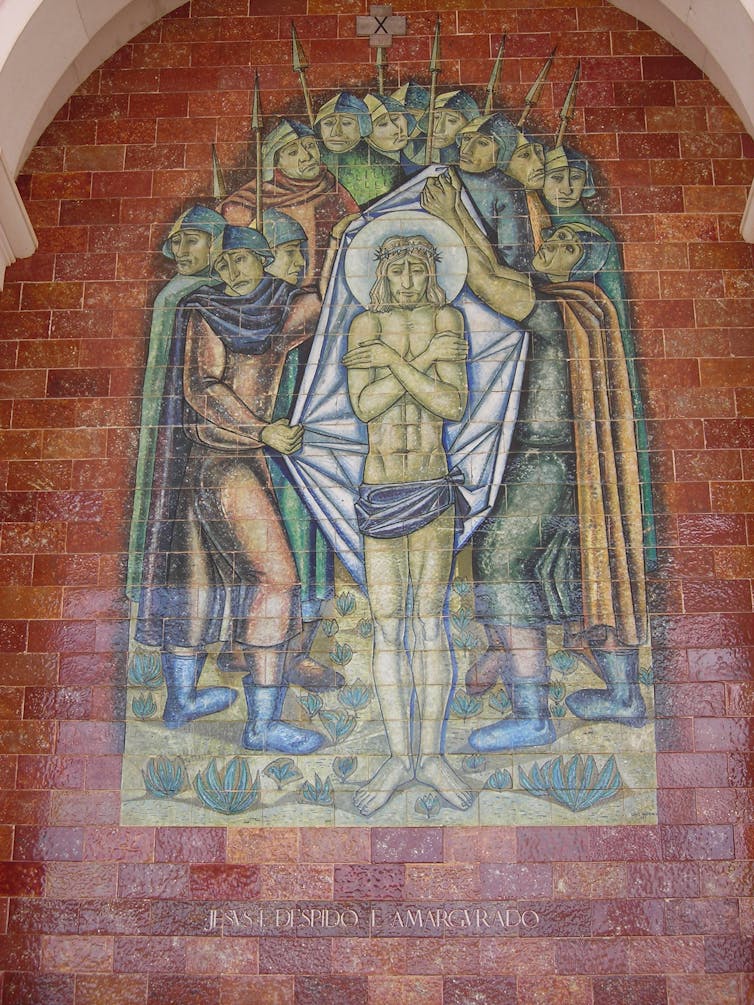It was once believed that [traumatic] events were uncommon. In 1980, when post-traumatic stress disorder was first included in the diagnostic manual, the American Psychiatric Association described traumatic events as “outside the range of usual human experience.” Sadly, this definition has proved to be inaccurate. Rape, battery, and other forms of sexual and domestic violence are so common a part of women’s lives that they can hardly be described as outside the range of ordinary experience. And in view of the number of people killed in war over the past century, military trauma, too, must be considered a common part of human experience; only the fortunate find it unusual (Herman, 1992: 33).
So opens Judith Herman’s chapter on Terror in her influential book Trauma and Recovery. Writing in 1992, she could hardly have known how prescient her words would be nearly 30 years later. Trauma, it seems, is now a common part of human experience.
As a theologian concerned with human experience, particularly the embodied, material experience, I am aware that we are only just beginning to understand the impact trauma has not only on individual lives, but also on theology. The field of trauma theology is nascent but growing and finding its place somewhere in the intersection of practical and constructive theology. That is to say, trauma theology is interested in the embodied experience of people and in shaping theology that takes account of such experience.
It is from this intersection that my own research into trauma theology began. I was interested in the way in which the experience of trauma causes a rupture. Taking the experience of trauma seriously in theology means contending with the rupture it causes. For the constructive theologian, such a rupture is an ideal place to begin constructing something new. I think of it in terms of an earthquake. Trauma shakes the foundations of our theology; the devasted landscape it leaves behind is the place where we can begin to build fresh theology. Theology that is better able to withstand such a rupture.
Trauma is intimately connected to bodies and memories. The traumatic experience is profoundly individual and yet, almost all traumatic experiences share three things in common:
- Trauma causes a rupture in bodily integrity. You do not feel safe.
- Trauma causes a rupture in time. This is often seen in the frequent intrusion of nightmares and flashbacks.
- Trauma causes a rupture in cognition. You cannot readily articulate what has happened to you.
I wondered what would happen if we read theology through the lens of trauma. The most obvious place where bodies and memories come together, in Christian doctrine, is in the Eucharist. Here we are given a body, we are told it is flesh and blood. We are told to consume it in memory of Jesus. Whilst this is a very familiar activity, it is a ritual full of ambiguity. We often make the connection to the cross and yet I find this odd! The Last Supper happens before the crucifixion so when Jesus says “This is my body” and “Do this in remembrance of me”, he isn’t referring to his dead body, but his living one! So, eschewing the easy answers, I went in search of a traumatic theology of the Eucharist that was not only focused on the cross.
The early church had a wide range of theological understandings of the Eucharist. One of the most common was to understand the Eucharist as a generative act. In fact, these early liturgies drew their reference points from the Incarnation as often as they did from the crucifixion. The transformation of bread and wine into flesh and blood was as likely to be paralleled with the experience of Mary at the Annunciation as anything else; something material and physical is transformed into something transcendent and divine.
Mary’s experience at the Annunciation is a traumatic one. Regardless of whether you consider her to agree to her impregnation or not, her body is ruptured to make way for someone else. That she is suddenly pregnant without the preface of intercourse, ruptures the usual timelines of reproduction – a radical discontinuity in the history of humanity. And the event escapes accessibility. Mary is perplexed and confused.
What happens when we read the Eucharist like this, when we understand the celebration of the Eucharist to be a non-identical repetition of the traumatic Annunciation-Incarnation event? It means we have to take human bodies seriously in theology. It means the Eucharist is as intimately associated with the broken female body as it is with a broken male body. We have to reassess what it means to be a priest, what sacrifice looks like, what Real Presence might mean. Trauma ruptures theology and leaves behind it a space for new theological constructions.
It is this theological construction that I undertake in my book Broken Bodies: The Eucharist, Mary, and the Body in Trauma Theology which will be published with SCM Press in November 2018.
I am currently working on an edited volume with Dr Katie Cross (University of Aberdeen) focused on feminist and trauma theologies. Trauma theology is a rare field of theology that is well-represented by women’s voices. Many of these theologians are clearly informed by feminist theology, if not overtly feminist, in their approach to the study of trauma. This isn’t surprising given that the issues of trauma are similar to, and intimately connected with, feminist issues—questions around power, control over the body, bodily integrity, activism, and narration of experience as liberative—to give just a few examples.
We are currently accepting proposals for contributing to the volume. Abstracts are due in 7th September 2018. For more information on how you can get involved, take a look at our website https://feminismtraumatheologies.wordpress.com or get in touch with me at karen.o’donnell@durham.ac.uk
 Karen O’Donnell is a Research Fellow at Durham University where she spends her time researching digital theology, trauma, and theological anthropology.
Karen O’Donnell is a Research Fellow at Durham University where she spends her time researching digital theology, trauma, and theological anthropology.
@kmrodonnell



















